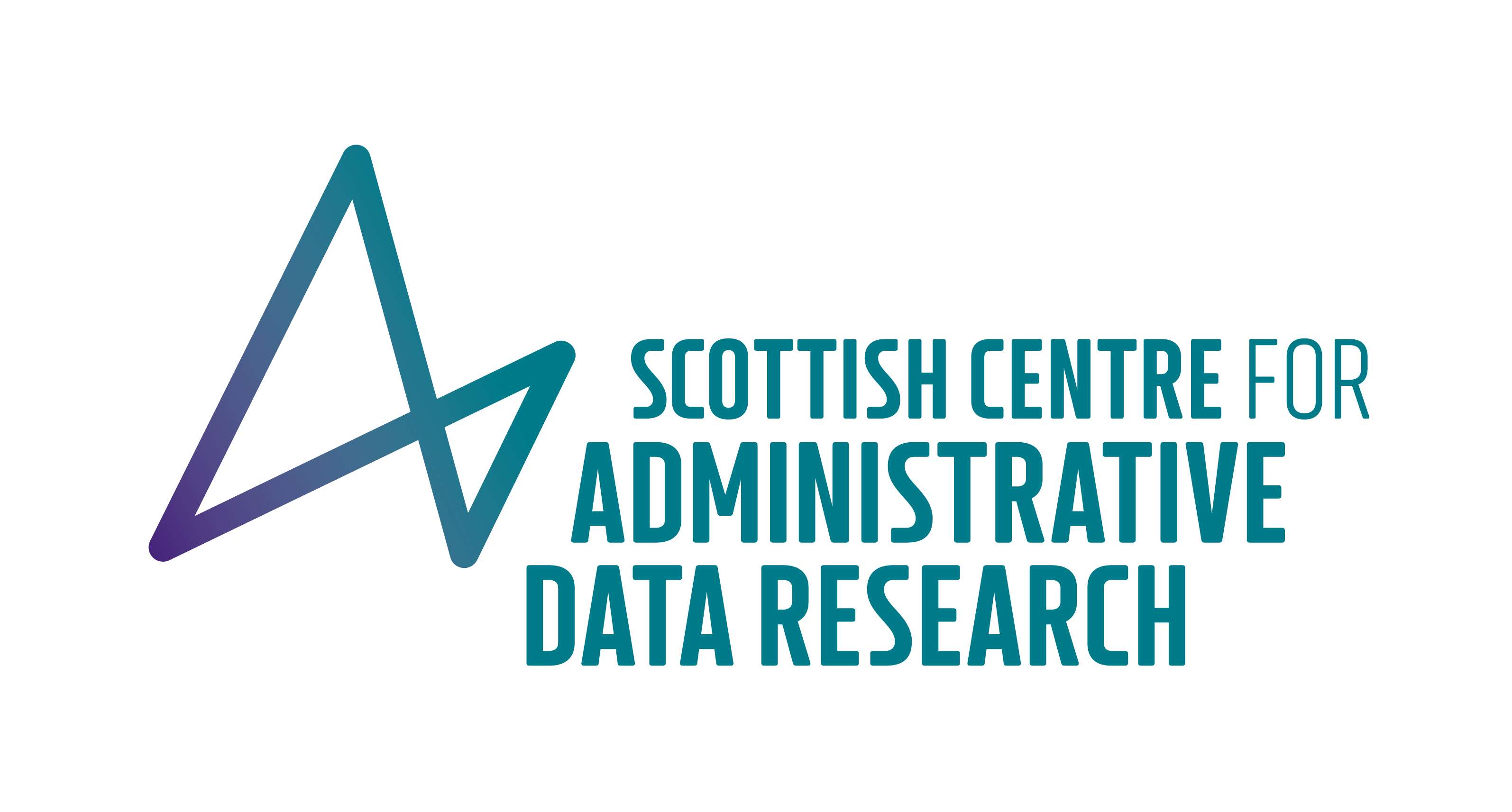BLOG - Taking historical death records and developing a database for future analysis
This week, our researcher Eilidh Garrett talks about her work on the Scottish Historic Population Database (SHPD) which is transforming the accessibility of historical records for future research and analysis.
Over the course of the Covid-19 pandemic, we have received regular reports of death rates from our own nation and the rest of the world, showing how valuable data can be. However, it became apparent that the daily tolls of death could not be directly compared across the United Kingdom because calculation methodologies and inclusion criteria vary. Understanding how difficult it has been during Covid-19 to accurately compare information even between neighbouring nations, makes it easier to understand how hard it can be to compare and contrast causes of death over several decades or even centuries.
Understanding death records over time
Researchers involved in the Scottish Historic Population Database project (SHPD) have had the difficult task of comparing and contrasting causes of death in Scotland from 1855 - when civil registration of vital events began - until 1973 when they became automated. During this period, there were numerous changes and developments in:
- scientific understanding
- medical training and traditions
- recording practices and priorities
...all of which made it even more challenging to reach a meaningful interpretation of the causes of death recorded.
To gain the fullest possible understanding of the reason for a death, the term(s) provided on a Death Certificate are often not enough. Meaningful interpretation of series of mortality statistics published by a government or statistical authority, such as the World Health Organisation (WHO), requires even more care. Researchers must be aware of the legislation at that time surrounding the medical certification, the registering of the death and the death certificate. Questions our researchers considered included:
- Were there guidelines on how causes of death were to be recorded on both the medical and death certificates, and, if so, who laid them out?
- Which categories of death were given greatest prominence? Why?
- Do particular terms mean the same across different times or in different languages?
- Who was expected to register a death or report how a person had died, and was it compulsory?
- Was the register kept by the Church or by the State?
- How were statistics compiled?
From Deathbed to Database
This project seeks to create the SHPD research database, which contains machine-readable information on each of the 25.6 million or so births, marriages or deaths that took place in Scotland between 1855 and 1973.
Together with a team at the University of Cambridge and a number of European partners, we have developed a coding system for causes of death to enable analysis of the information found on individual death certificates. This system, named ‘ICD10h’, is based on the WHO’s International Classification of Diseases, 10th revision (ICD10).
While ICD10 contains many thousands of diseases, conditions and events which may cause ill health or death, it does not contain historical disease descriptions such as ‘childbed fever’, ‘teething’, ‘strangled by a peat creel’ or ‘found dead on privvy’. These descriptions had to be incorporated into the ICD10h system and new codes created for them. This enables researchers to assess how particular terms have evolved over time or have now been superseded as medical knowledge advances.
A dictionary of historic causes in a variety of languages is also being built up to encourage international comparison of mortality.
Future research
The data held in the SHPD database will allow researchers to analyse the demographic, social, economic and medical histories of Scotland across the nineteenth and twentieth centuries in unprecedented detail and from a number of new perspectives.
This article was published on 01 Dec 2021




